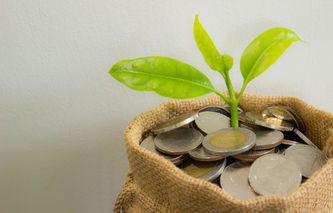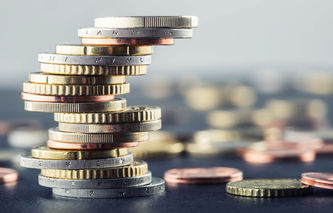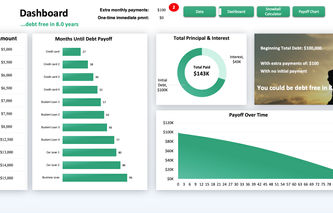Best Credit CardsBest Cashback Credit CardsGuaranteed Approval Credit Cards for Bad Credit Best Travel Credit CardsHow Do Credit Cards Work How to Build Credit With a Credit CardHow to Get a Credit CardPaying Credit Card Debt With AnotherCredit Card Payoff SpreadsheetWhat Your Credit Card Says About YouMore Credit Guides
Loans
Shop
- The below investment apps have been researched, reviewed, confirmed, vetted, re-vetted, and then ranked based on eight categories: account minimum, trading costs, account fees, selection, ease of use, sign-on bonus, education, and customer service. These are the investment apps that made the grade.June 17th, 2025















.jpg)
